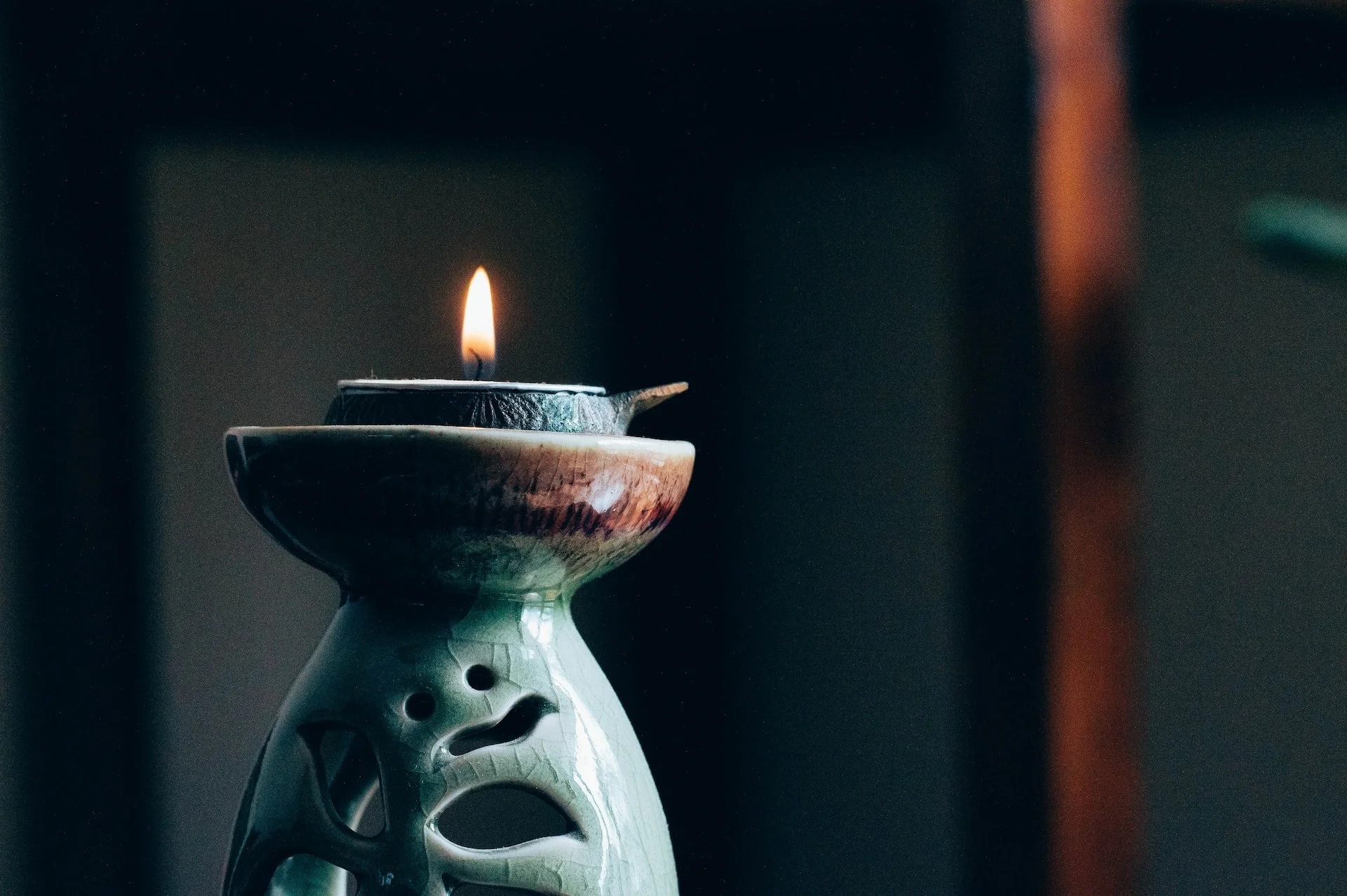Anyone who has attended one or more of the modern Parliaments (starting with the 1993 centennial celebration in Chicago) comes away with a multitude of stories and new friendships. Being with thousands of interfaith activists, by itself, tends to change your perspective on the world. TIO asked leaders from the interfaith movement to share with us briefly what they think is important about the Parliament of the World’s Religions. For a longer response, see Marcus Braybrooke’s reflection in this TIO on attending all the modern Parliaments.
As the one who compiles the “Interfaith News Roundup” (the stories of note found in TIO’s monthly aggregation), my sense is that mid-year 2015 is actually a relief, better than we have any right to expect. Bad news still abounds, particularly religiously related conflict and severely constricted religious freedom for millions. But a new cascade of nightmare stories didn’t show up again this month. The tragic exception was the terrible murder of nine people attending Bible study at Charleston’s Emanuel African Methodist Episcopal Church, casting the shadow of racist terrorism across the year. A silver lining was how it evoked one of Barrack Obama’s most powerful speeches, one that will go down in American history. (You’ll find text and video links in the Roundup.)
This brief history is reprinted from the Boston Collaborative Encyclopedia of Western Theology edited by William Wildman. This excerpt is the opening section of an entry that also surveys the themes of the Parliament and its legacy. You will find a bibliography there and footnotes for the various quotations.
Rush Limbaugh, conservative American radio star, cries: “This Pope is a Marxist!” Peggy Noonan, a columnist for the Wall Street Journal, claims: “The Church is making the same mistake now that it made with Galileo 400 years ago.” Greg Gutfeld, of Fox News, calls the Pope “the most dangerous man on the planet.”
The oldest child in the room happened to be my son. He was seven years old at the time. The youngest child was only 4 years old. All the kids, along with a few teachers, were sitting on green meditation cushions arranged in a circle with their eyes closed. Actually, eyes were closed intermittently since there was a fair bit of peeking. “Place a hand on your belly,” she said, “and see if you can feel your breath. When you take a breath in, your belly should move out. When you let your breath go, your belly should move in.”
“Were you there yourself?” a student asked me after I had given a talk about the 1893 World’s Parliament of Religions. “No” was the answer, but Mary and I have taken part in all the modern Parliaments of World Religions.
Anyone who enjoys poetic language should enjoy paradox. If you are like me, you’ll revel in the amusement paradoxes provide, and you’ll become intrigued with trying to resolve them. At the very least, they provoke us into probing ideas with a heightened degree of focus and criticism.
In the wake of the shooting at Charleston, South Carolina, a question resurfaces in my mind. It is the same question that unfortunately arises time and again, whether it is the shooting at a Sikh Gurdwara in Oak Creek, Wisconsin, the shooting at a synagogue in West Jerusalem, or the attack on a mosque in Kuwait City. If Mr. Dylann Roof were in surgery, and the only blood available to save his life came from Rev. Clementa Pinckney or another member of his church – the blood that Mr. Roof has shed with deliberate planning – would he accept the blood or choose instead to die on the altar of his hate.
The image of an aspen grove in Southern Utah called “Pando” became both a symbol and wake-up call for some 1,500 participants – including 130 from China – who attended an extraordinary ecological conference held at Pomona College in Claremont, California, June 4-7.
Ahimsa, non-violence, is a fundamental teaching of Jainism, a small, ancient religion originating in India. The concept has inspired numerous non-violent activists around the world. From Gandhiji to Martin Luther King, ahimsa has been used to promote peace throughout the world.
‘A small group of Hindus, Buddhists, and Christians walked into a mosque in Iran ...’ sounds more like the start of a bar-joke than reality. But it happened in early June. We met, among others, with university professors, students, and clerics, even a high ranking Grand Ayatollah, in travels to Isfahan, Qom, Kashan, and Tehran.
For those who wonder how this story is about interfaith, it should be noted that the climate change movement is implicitly (and often explicitly) interfaith, through and through. Ed.
Christian-Muslim relations are not going to go away. While awful atrocities being committed in some parts of the world by Muslims against Christians and by Christians against Muslims make building relations urgent, in the coming years the weight of global numbers will give added pressure.





